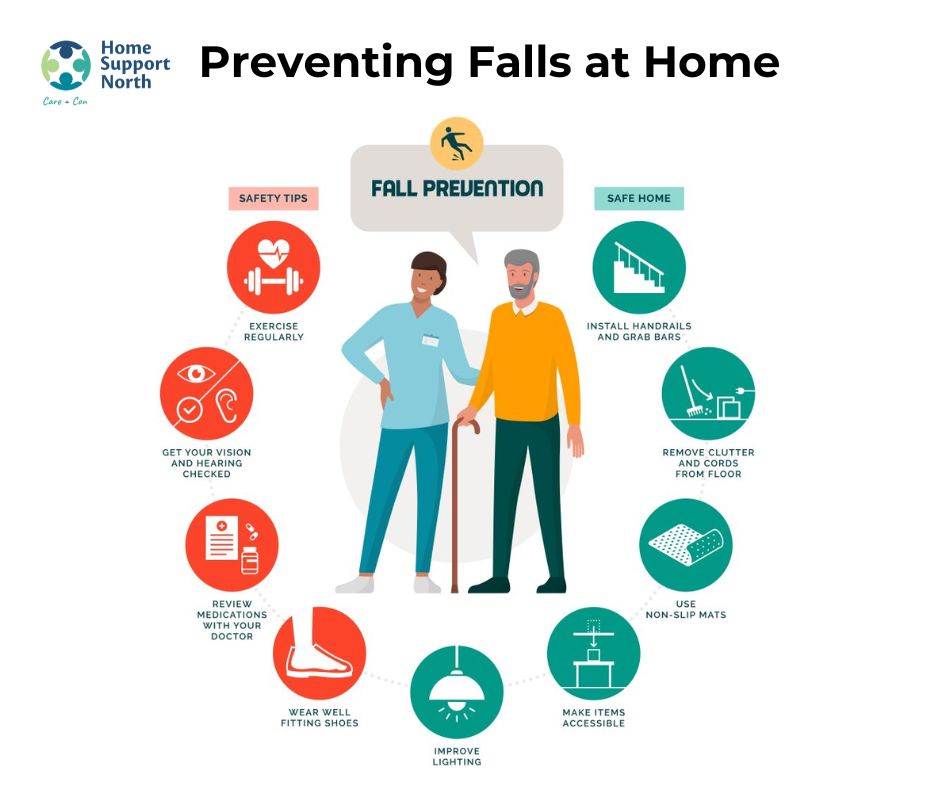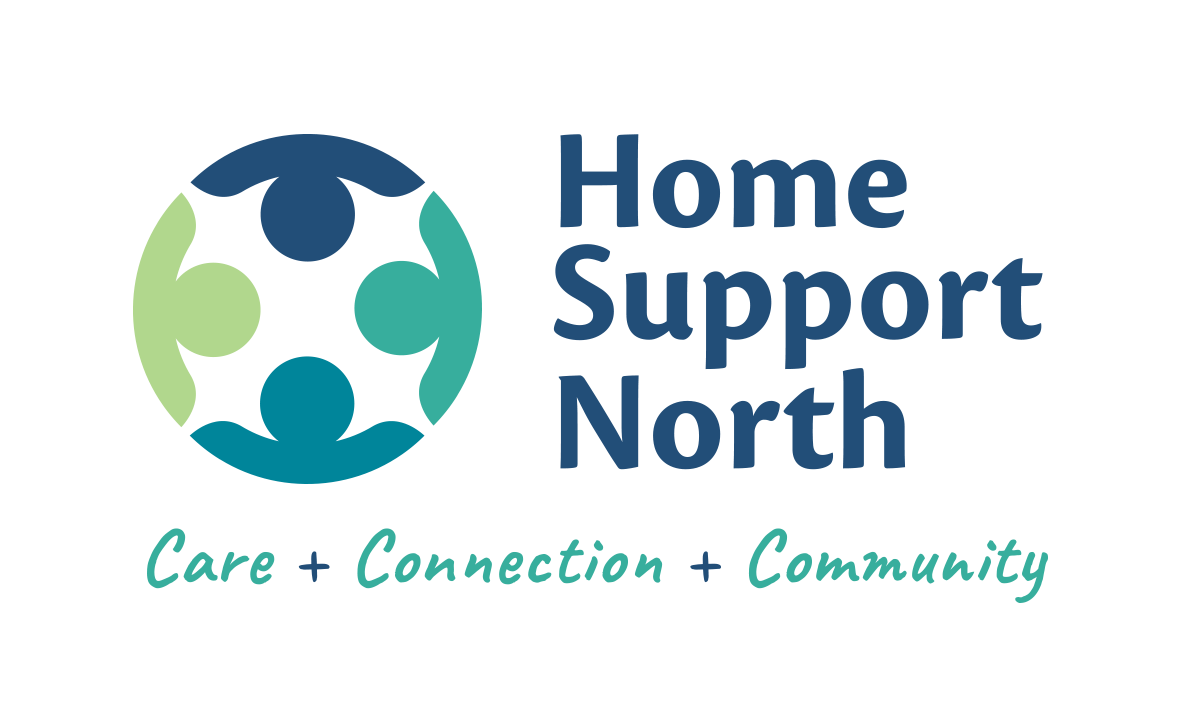Helpful tips to be surefooted when moving bout the home.

Living independently at home is a wonderful goal, and it’s something many of us cherish as we age. However, it’s essential to prioritize safety to maintain that independence. Falls are a common concern for older adults, but with a few simple adjustments, you can significantly reduce the risk and keep your home a safe haven.
The Reality of Falls:
We recently had a couple of incidents where our clients tripped while rushing to answer the door. It’s a reminder that even familiar routines can pose risks. Falls can lead to serious injuries, affecting mobility and overall well-being. But don’t worry, there’s plenty you can do to prevent them.
Practical Steps to Fall Prevention:
- Clear Pathways:
- Remove clutter, throw rugs, and any obstacles that could cause tripping.
- Ensure hallways and walkways are well-lit.
- Keep cords and wires tucked away.
- Lighting Matters:
- Install nightlights in hallways and bathrooms.
- Use brighter bulbs in main living areas.
- Consider motion-sensor lights for added convenience and safety.
- Bathroom Safety:
- Install grab bars in the shower and near the toilet.
- Use non-slip mats in the shower and on bathroom floors.
- Consider a shower chair or bench for added stability.
- Stairway Safety:
- Ensure handrails are sturdy and easily accessible.
- Make sure stairs are well-lit.
- Consider adding non-slip treads to steps.
- Answering the Door Safely:
- Avoid rushing to answer the door. Use a peep hole to see who is there.
- Consider a video doorbell, so you can see who is at the door through your phone or a screen.
- If you have mobility issues, consider a chair near the door, so you can sit while answering.
- Footwear:
- Wear sturdy, supportive shoes, even indoors.
- Avoid walking in socks or slippers that lack traction.
- Home Assessments:
- Consider a home safety assessment by an occupational therapist or other professional. They can identify potential hazards and recommend solutions.
- Many local senior centers offer these services.
Staying Active and Strong:
- Regular exercise can improve balance and strength, reducing the risk of falls.
- Consult with your doctor or a physical therapist about appropriate exercises and your medication.
Embrace Technology:
- Personal emergency response systems (PERS) can provide immediate assistance if you fall.
- Smart home devices can help with lighting, and other home functions.
Conclusion:
Maintaining your independence at home is about enjoying your space safely. By taking proactive steps to prevent falls, you can continue to live comfortably and confidently. Remember, a safe home is a happy home.

